Tirana has been Albania’s administrative center for almost a century but this city’s history goes even further back in time. While the toponym Tirana was first mentioned in the 15th century as “Plenium Tyrenae” (“Field of Tirana”), the city became an established settlement almost two centuries later, in 1614, with the establishment of a mosque complex by Suleyman Pasha Bargjini. It grew significantly in size during the 18th century when the Et’hem Bey Mosque was built.
Tirana’s long and fascinating history is best told through its surviving historic monuments. Numerous historic objects, mostly located in proximity to the city center, beautifully demonstrate Tirana’s development throughout the centuries. Below, we present a shortlist of the main sites through which you can go back in time and witness the rich history of this capital.
Clock Tower
The most iconic landmark of Skanderbeg Square was constructed in 1822 with a Venetian bell which chimed for many years thereafter. Nowadays, the tower serves as the most strategic spot to view panoramas of the entire square. That is, after you climb the entire 90-stair internal spiral staircase to get all the way to the top!
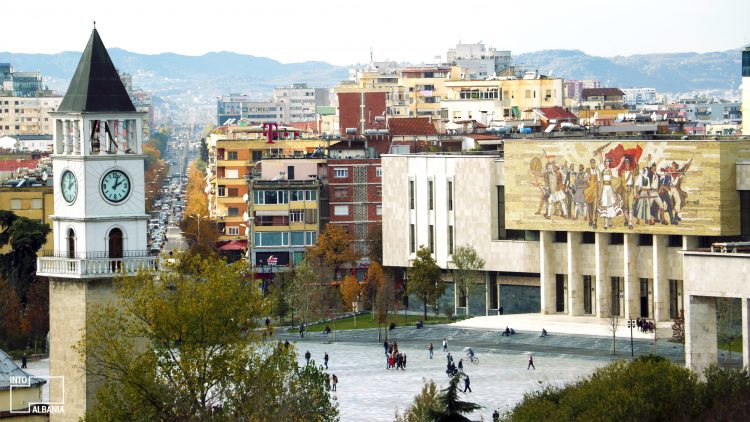
Skanderbeg Square, Tirana, photo by Intoalbania
Et’hem Bey Mosque
A total of eight mosques were originally built in Tirana in the period of 1793-1822, from which only Et’hem Bey survived. Along with the Clock Tower, which stands right next to the mosque, the two constructions make up Tirana’s most recognized skyline. The mosque is worth visiting inside because, as with most Ottoman constructions, its walls are adorned with beautiful intricate murals.
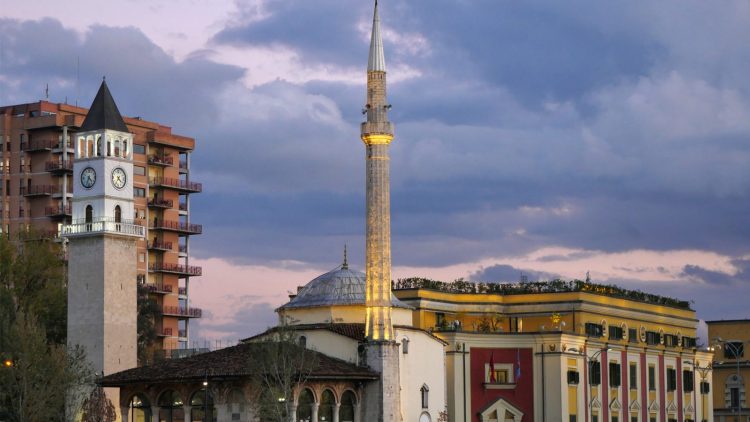
Skanderbeg Square, Et’hem Beu Mosque and The Clock Tower Tirana. Photo by IntoAlbania.
Tanners’ Bridge
Located slightly off the main boulevard, the Tanners’ Bridge (Ura e Tabakëve) stands out among the modern constructions around it. This 18th century Ottoman stone bridge, a rare find in the capital, was originally built to transport agricultural products across the Lana River. Being rerouted in the 1930s, the Lana no longer flows under it. Ignored for some time, the bridge was fully restored in the 1990s. Nowadays, the bridge is used daily by pedestrians and is considered one of the most important cultural heritage monuments of the capital.
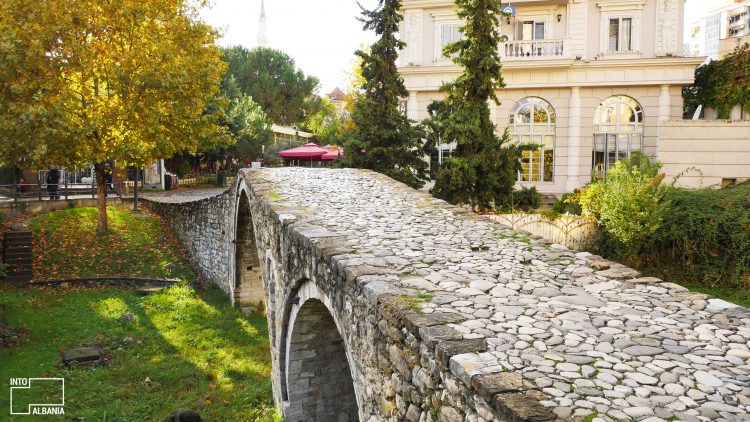
Ura e Tabakëve, Tirana, photo by Intoalbania.
Kaplan Pasha Tomb
Kaplan Pasha Tomb is located at the end of Tirana’s Promenade. Once part of a larger complex, today the monument (strikingly!) stands right underneath a massive skyscraper. The tomb, honoring a former Ottoman leader, is a remnant of the class of Tirana’s feudal lords. The eight-columned, octagonal-shaped open monument is dome-less and made from carved stone. The old inscriptions on its walls tell the story of Kaplan Pasha.
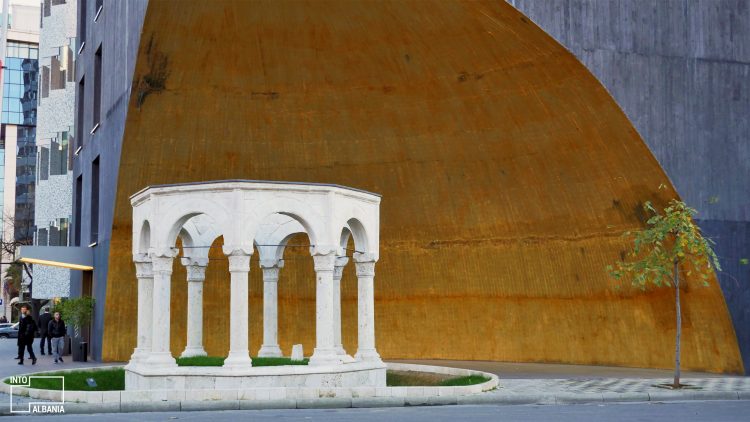
Kaplan Pasha Tomb, photo by IntoAlbania.
Tirana Castle
The ruins of Tirana Castle are located south of the Kaplan Pasha tomb. Built by the Bargjini family, Tirana’s founders, the castle dates back to the beginning of the 18th century. The castle belonged to various wealthy families of Tirana, indicating the once-consolidated class of Albanian feudalists. Today you can visit the carefully preserved and restored ruins along the Promenade. Now harmoniously coexisting with the contemporary architecture around it, these ruins mark the spot from which the city has expanded.
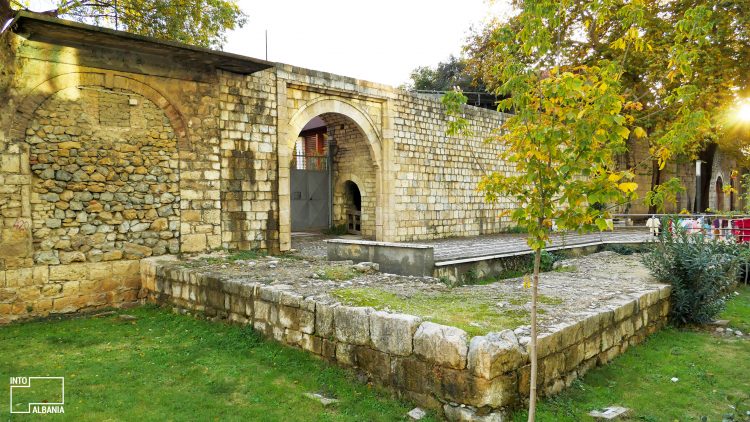
The ruins of Tirana’s Castle, photo by IntoAlbania.
Tirana Mosaic
To visit historical traces from the 3rd century, you must leave the city center behind and head toward Sami Frashëri Street. There, you will find the Tirana Mosaic, the oldest and sole archeological monument of the capital. Uncovered in 1972, the mosaic floor once belonged to a typical Byzantine-era Roman villa. The mosaic’s intricate geometric design reveals several figures, including fish and birds. During the 5th and 6th centuries, a Paleo-Christian Basilica was built around the site, adding carved stones, depicting religious patterns and motifs, to the archaeological complex.
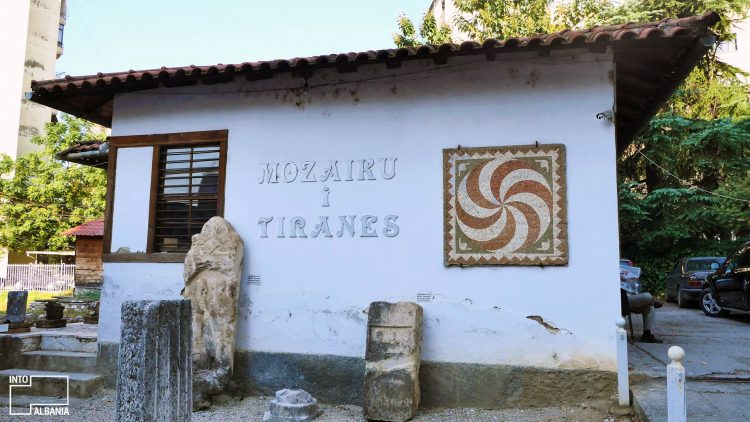
Tirana Mosaic entrance, photo by IntoAlbania.






